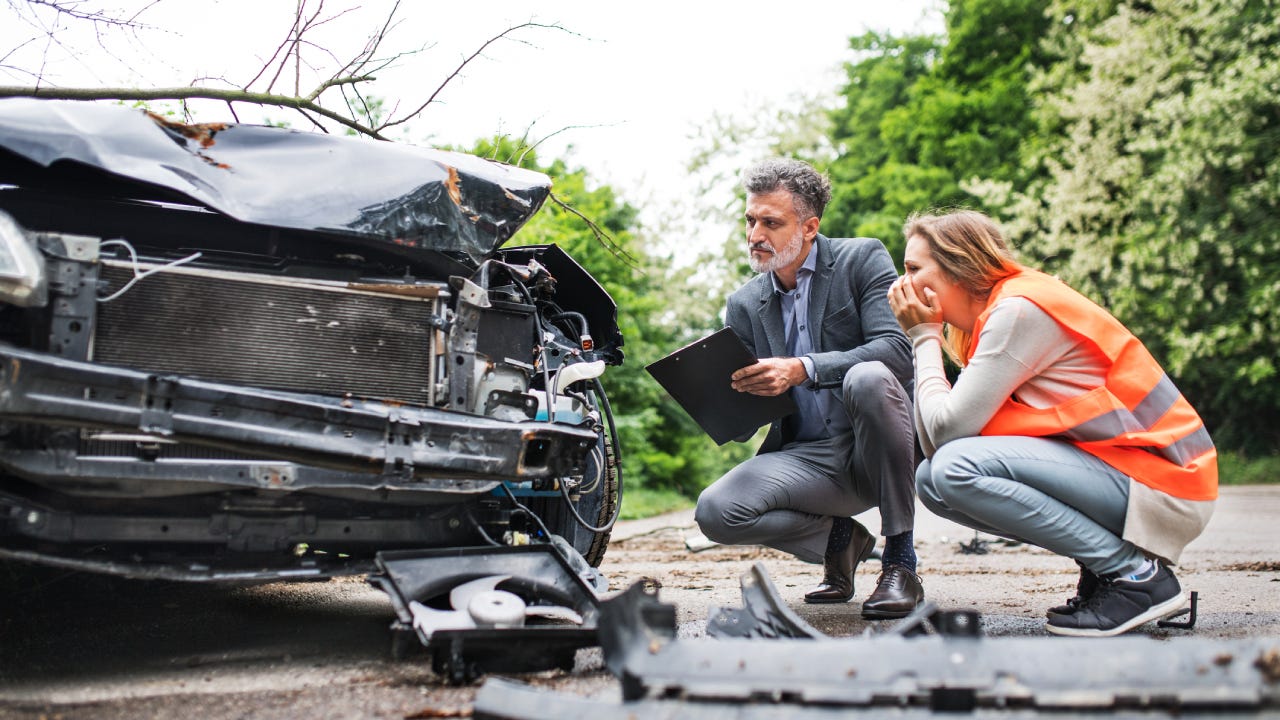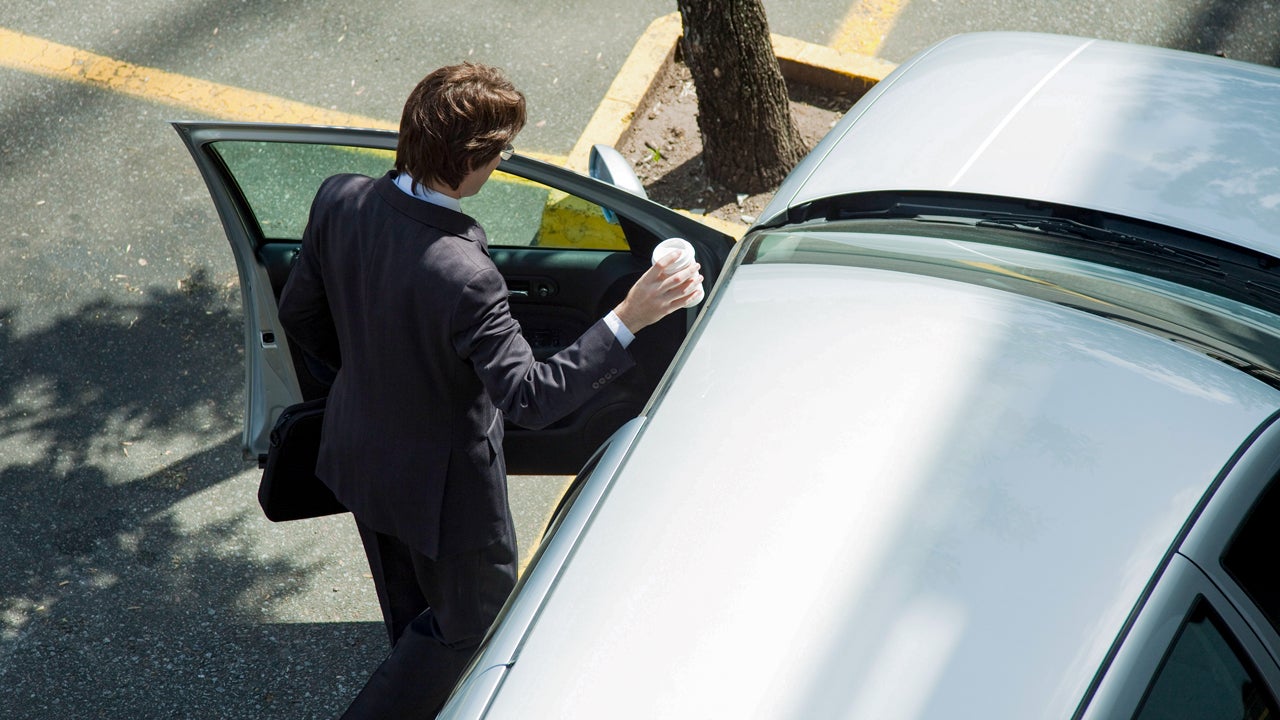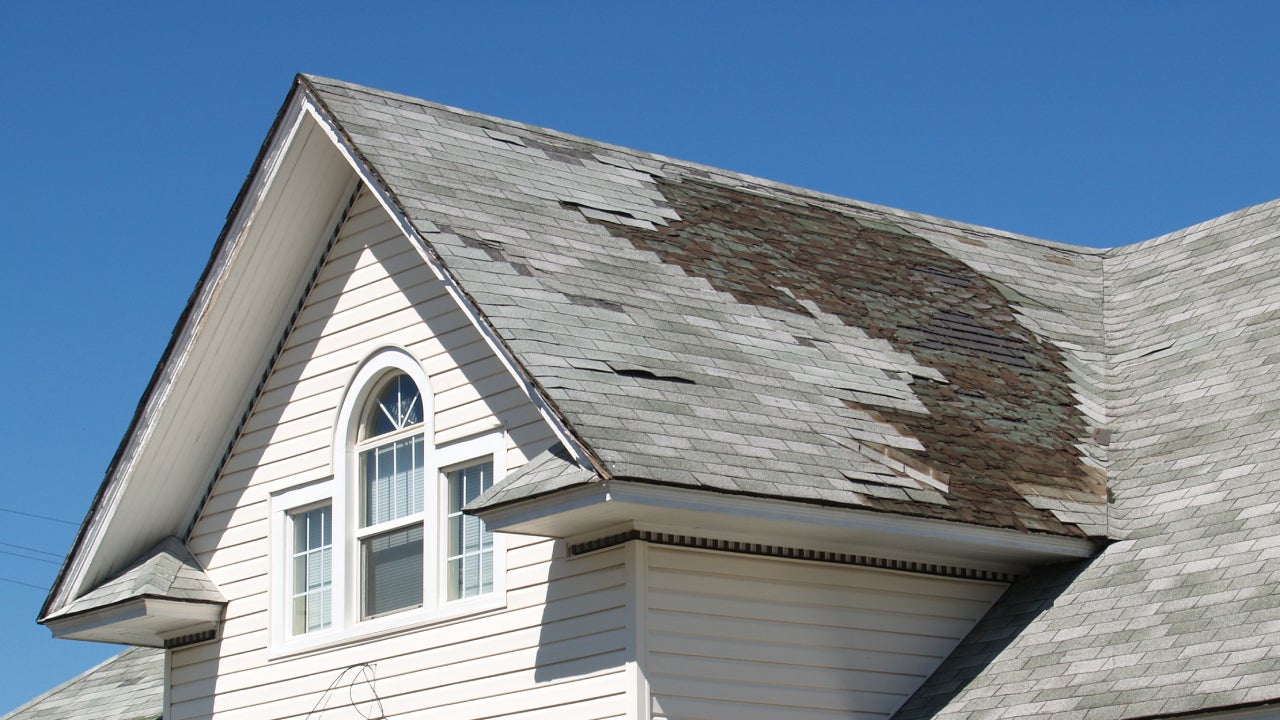What is property damage liability?

Property damage liability pays for damage you cause to another person’s vehicle or property while driving. Property damage liability is mandatory for all auto insurance policies in the U.S., but your coverage limits can vary depending on your state’s laws and your own insurance needs. It’s important to understand how this coverage works and pick the right level of protection for your policy.
Who needs property damage coverage?
While the exact coverage requirements differ from state to state, every driver needs some property damage coverage. No matter your state, even the minimum coverage policy will include at least $5,000 of property damage liability.
Why is this coverage considered so essential? By requiring property damage liability coverage for all drivers, states can cut down on lawsuits between drivers and ensure that anyone whose property is damaged by a vehicle has a way to recover at least part of the cost of repairs.
Read more: Minimum car insurance coverage requirements in each state
What is the definition of property damage liability?
Property damage liability is the part of a car insurance policy that helps pay to repair damage caused to another person’s vehicle or property by the insured policyholder or someone else covered by the policy. The coverage does not pay for damage to your own vehicle if you are at fault for the accident.
It may help to consider property damage liability coverage as protection for your assets. When you cause property damage in a car accident, you’re legally responsible for paying for that damage. Property damage liability steps in to allow the other party to recover payment from your insurance company instead.
How does property damage liability work?
Property damage liability is one-half of the liability insurance on your auto policy. While bodily injury liability insurance covers medical bills for injuries you cause, property damage liability deals with repair costs.
When you cause property damage in a crash, you’ll exchange insurance information with the other driver. This allows them to file a claim with your insurance company if you were responsible for damage to their property. Their payout will come from your property damage liability insurance up to the coverage limit on your policy’s declarations page.
The limit of your property damage liability is the most your insurance company will pay for a single accident. In most cases, liability limits are written as split limits.
For example, a split limit policy listed as 100/300/50 means you have liability coverage up to:
- $100,000 per person for bodily injury liability
- $300,000 per accident for bodily injury liability
- $50,000 per accident for property damage liability
In this example, the most the auto insurer would pay is $50,000 for property damage you cause in an accident. Any amount owed above your coverage limit would be your responsibility to pay out of pocket.
With a combined single limit, you have one amount to help pay for all the liability you are responsible for in an at-fault accident. For example, a combined single limit of $300,000 means you have up to $300,000 the auto insurer will pay for the entire accident, including bodily injury and property damage.
What does property damage liability cover?
Property damage liability covers another person’s property if you cause damage, meaning you are determined to be at fault for the accident. It covers property like cars, houses, fences, mailboxes and business storefronts. It also covers public property like light poles or road signs that might be damaged in an accident.
This coverage type can also cover your legal fees if you are involved in a major property damage claim and have to go to court. If you crash into a business storefront and it has to close for repairs, your car insurance company may also cover the owner’s lost revenue.
Note that property damage liability coverage does not cover your losses, such as your vehicle damage or medical bills. It specifically covers other people’s property. If your vehicle is damaged in an accident, you’ll typically need collision coverage to help pay for your repairs. or if you need medical treatment, optional coverage types like collision, comprehensive and medical payments coverage may help cover the costs.
Experts recommend reviewing your auto policy to see which coverage types are listed. If the coverage you’d like is not there, contact your insurance agent to add it before an accident occurs. You can compare quotes from multiple insurers to find insurance that provides the best coverage for your needs at a price you can afford.
How much does property damage coverage cost?
Because property damage liability is required for car insurance policies in every state, you can think of the average cost of minimum coverage as the base cost of property damage liability. That’s an average of $678 per year, or about $57 per month. If you want additional liability coverage, the cost is usually small — only a few dollars more per month in many cases.
Keep in mind that average costs only give a general estimate of how much you could pay for car insurance. In reality, auto insurance costs vary widely based on location, age, credit rating, driving history and other key rating factors.
How much liability coverage should you get?
While your state sets certain minimum coverage requirements for property damage liability, buying more than the minimum amount is typically a good idea. There is no guarantee that the state’s required coverage limit will be enough to cover the full cost of an accident — particularly if the property you damage is expensive or the damage is severe.
Let’s say your state requires $25,000 of property damage liability coverage — a common requirement in many states. If you’re responsible for an accident that results in a car being totaled, you could be responsible for well over $25,000 of property damage, leaving you open to lawsuits. If multiple vehicles are involved or if you damage a home or business, the costs could also add up quickly.
If you’re not sure how much property damage coverage to buy, you may want to speak with a licensed insurance agent. The agent can review your assets and budget to find the appropriate amount of coverage.
How do you file a property damage liability claim?
Filing a property damage liability claim is similar to any other type of car insurance claim. Although the exact steps will vary based on your insurance company, here are the steps you might take if you’ve sustained damage caused by another driver:
- Get the driver’s insurance information: After the incident, locate the driver and get the name of their insurance company, along with their contact information.
- Document the damage: When it is safe, document any property damage at the scene of the accident with photos and videos.
- Contact the at-fault party’s insurer: Contact the driver’s insurance company and notify them of the incident. You’ll be asked to provide some paperwork, photo and video evidence of the damage. Your claims adjuster will work with the other party to determine the repair cost and fix the damage you caused.
You should also check with your provider to see if they have any additional requirements.
Frequently asked questions
You may also like

What is a car insurance deductible?

What is replacement cost coverage in home insurance?

What is bodily injury liability insurance?

What is property and casualty insurance?


